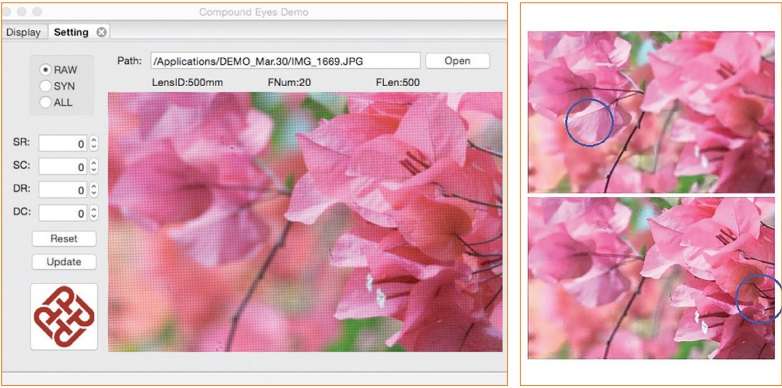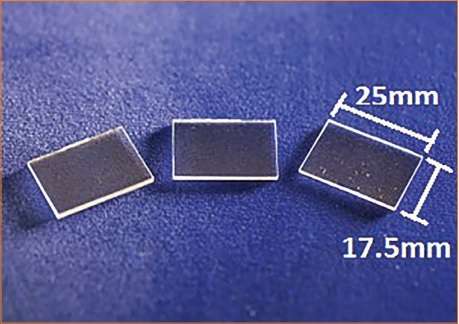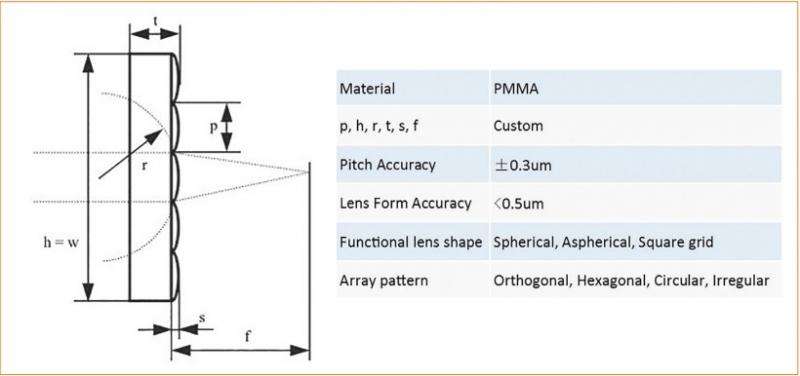The Compound Eye lossless digital imaging system

The imaging process is often affected by the field of view, wavefront aberration, ambient light, as well as the resolution of the optical imaging system and detector. In such cases, the image information of the object cannot be accurately transferred to the image plane, resulting in distortion, deviation and noise convolution that affect the ultimate image quality.
Based on high definition 3D lossless digital imaging technology, the Compound Eye imaging system can acquire realistic 3D positional information of objects at both near and far fields, which provides a solution to image distortion caused by conditions such as insufficient light and inadequate resolution.
Special Features and Advantages
- Able to reselect the focus of a captured image
- Does not reduce the size of the field of view
- Applicable for both near-field and far-field imaging
- Flexible system design that can be customized for different applications
- Lenses can be manufactured by precision injection molding at low costs
- Imaging applications: light field cameras, surveillance cameras, microscopic imaging systems and 3D imaging, etc.
- High precision profile testing and measurement
- Displacement and velocity measurement
-

The Compound Eye. Credit: The Hong Kong Polytechnic University -

Specifications and side view. Credit: The Hong Kong Polytechnic University
Provided by Hong Kong Polytechnic University




















